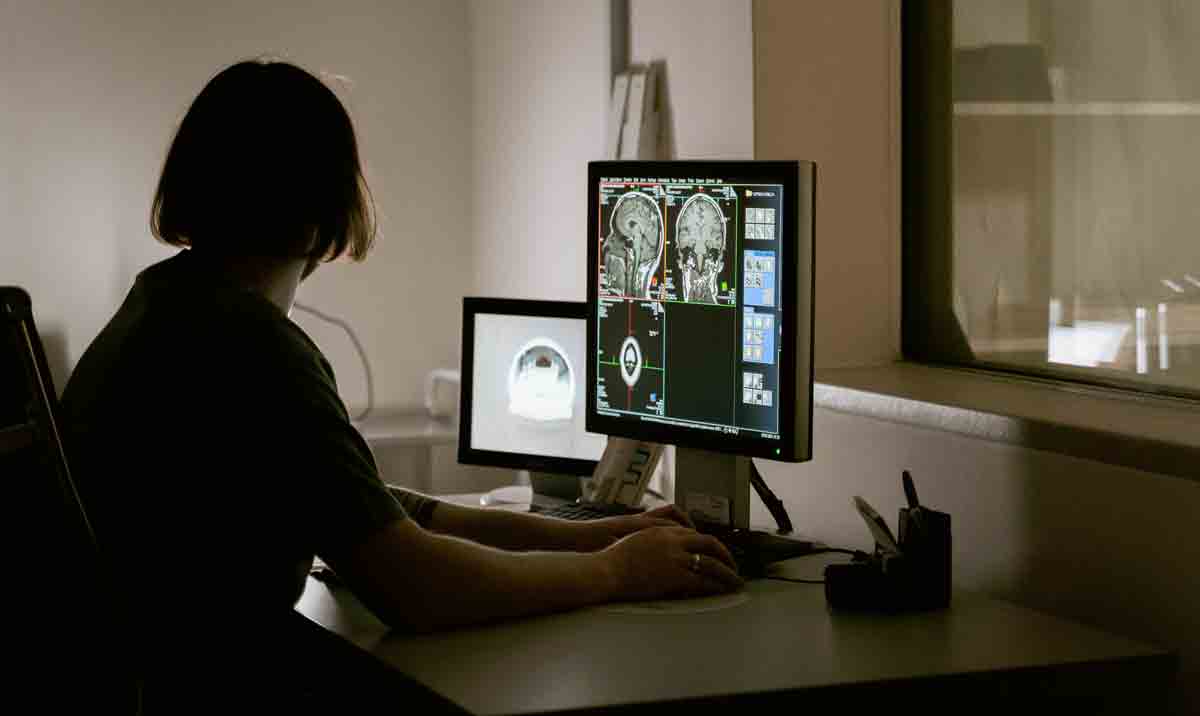
Alzheimer’s disease, one of the most common neurodegenerative diseases, leads to progressive memory loss and autonomy. It is characterized by the accumulation of neurotoxic proteins in the brain, specifically amyloid plaques and tau tangles. Due to the silent development of the pathology over decades, very early diagnosis is of utmost importance to act as early as possible in the disease process.
A team from the University of Geneva (UNIGE) and the University Hospitals of Geneva (HUG) demonstrated that tau PET – a new imaging technique to visualize the tau protein – can predict cognitive decline in patients much better than commonly used imaging techniques.
These results, published in Alzheimer’s & Dementia, argue for the swift introduction of tau PET into clinical routine to provide patients with early and individualized solutions.
Scientists from UNIGE and HUG wanted to determine which imaging modality – amyloid PET, glucose metabolism PET or tau PET – would best predict future cognitive decline due to Alzheimer’s disease. About 90 participants were recruited at the HUG Memory Center.
“Our results show that, although the various PET measures were all associated with the presence of cognitive symptoms, confirming their role as strong indicators of Alzheimer’s disease, tau PET was the best to predict the rate of cognitive decline, even in individuals with minimal symptoms,” summarizes Cecilia Boccalini, a Ph.D. student of Professor Gariboto’s team and the first author of this study.
Amyloid plaques are not necessarily accompanied by cognitive or memory loss. However, the presence of tau goes hand in hand with clinical symptoms. Its absence or presence is the main determinant for the patient’s condition to remain stable or deteriorate rapidly. The development of imaging techniques to visualize tau has been more challenging, mainly due to its lower concentration and particularly complex structure.
“This breakthrough is crucial for better management of Alzheimer’s disease. Recently, drugs targeting amyloid have shown positive results. New drugs targeting the tau protein also seem promising. By detecting the pathology as early as possible, before the brain is further damaged, and thanks to new treatments, we hope to have a greater impact in the future and on the quality of life of patients,” points out Valentina Garibotto.
“Similarly, we are beginning to map the distribution of tau to understand how its location in different regions of the brain influences symptoms.” Indeed, the causes and different stages of the disease are proving much less uniform than thought, and individual susceptibility to the same phenomena needs to be better understood.
These results are a strong argument in favor of incorporating tau PET into routine clinical evaluation to assess individual prognosis and select the most appropriate therapeutic strategy for each patient.
Source: Medicalxpress

